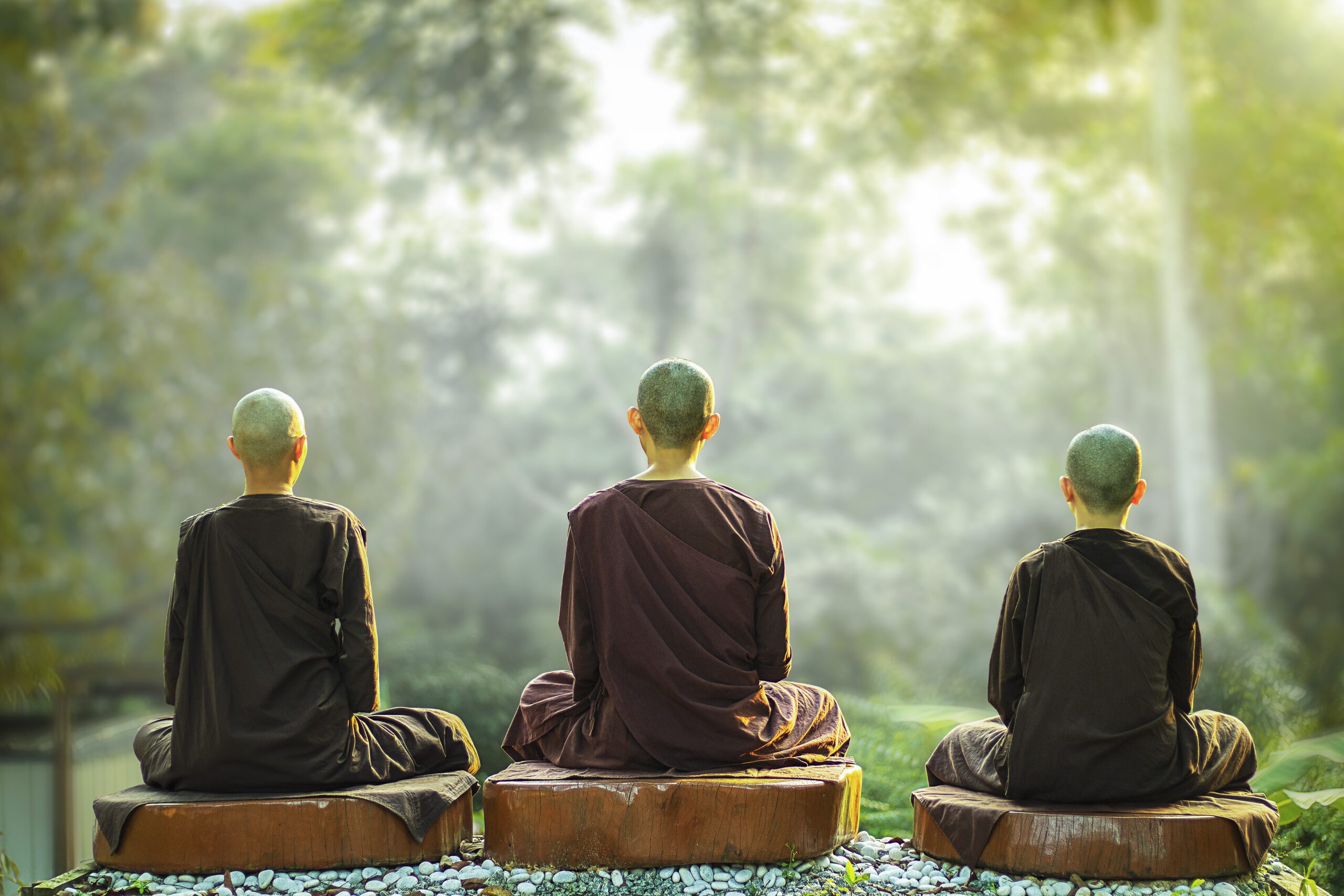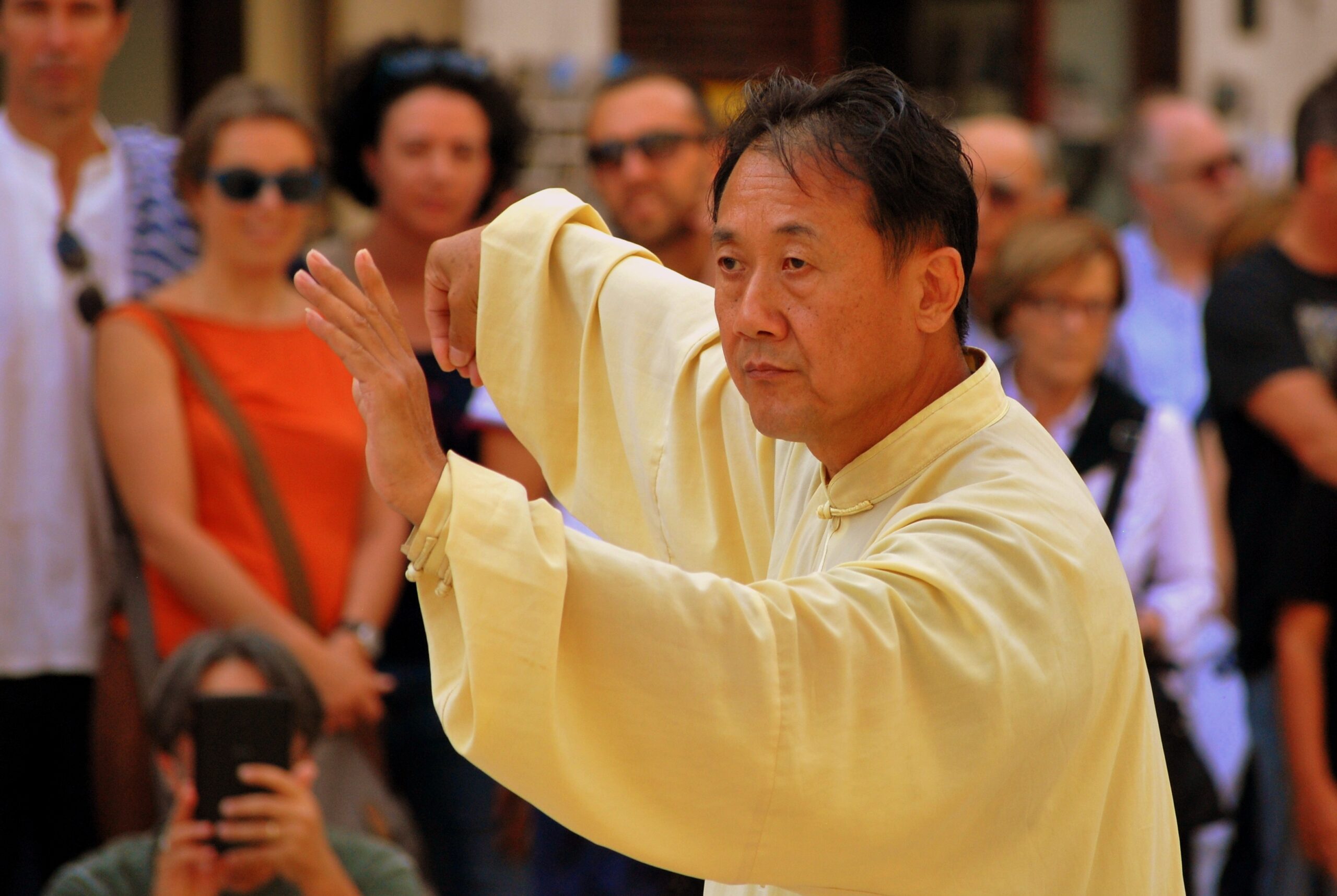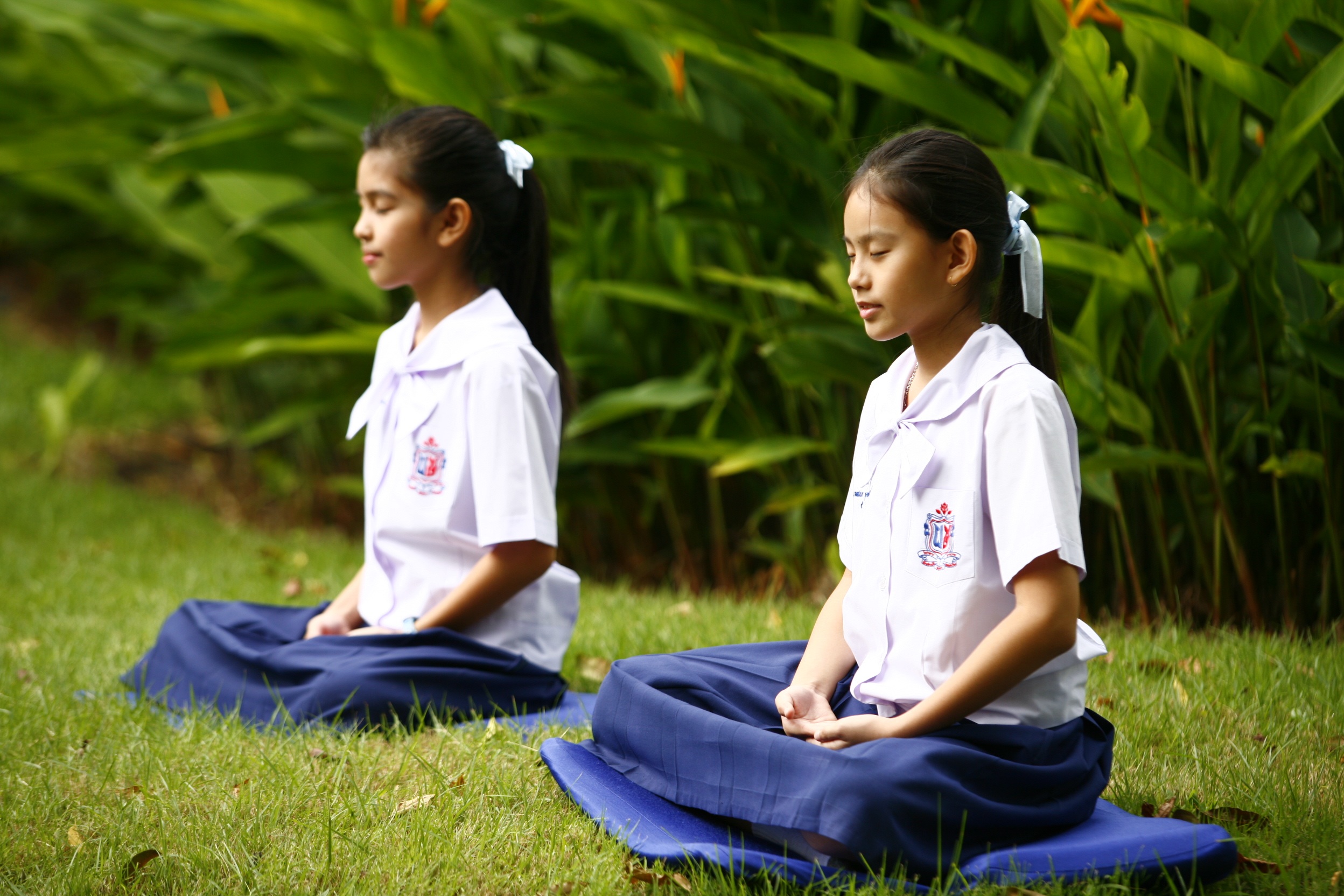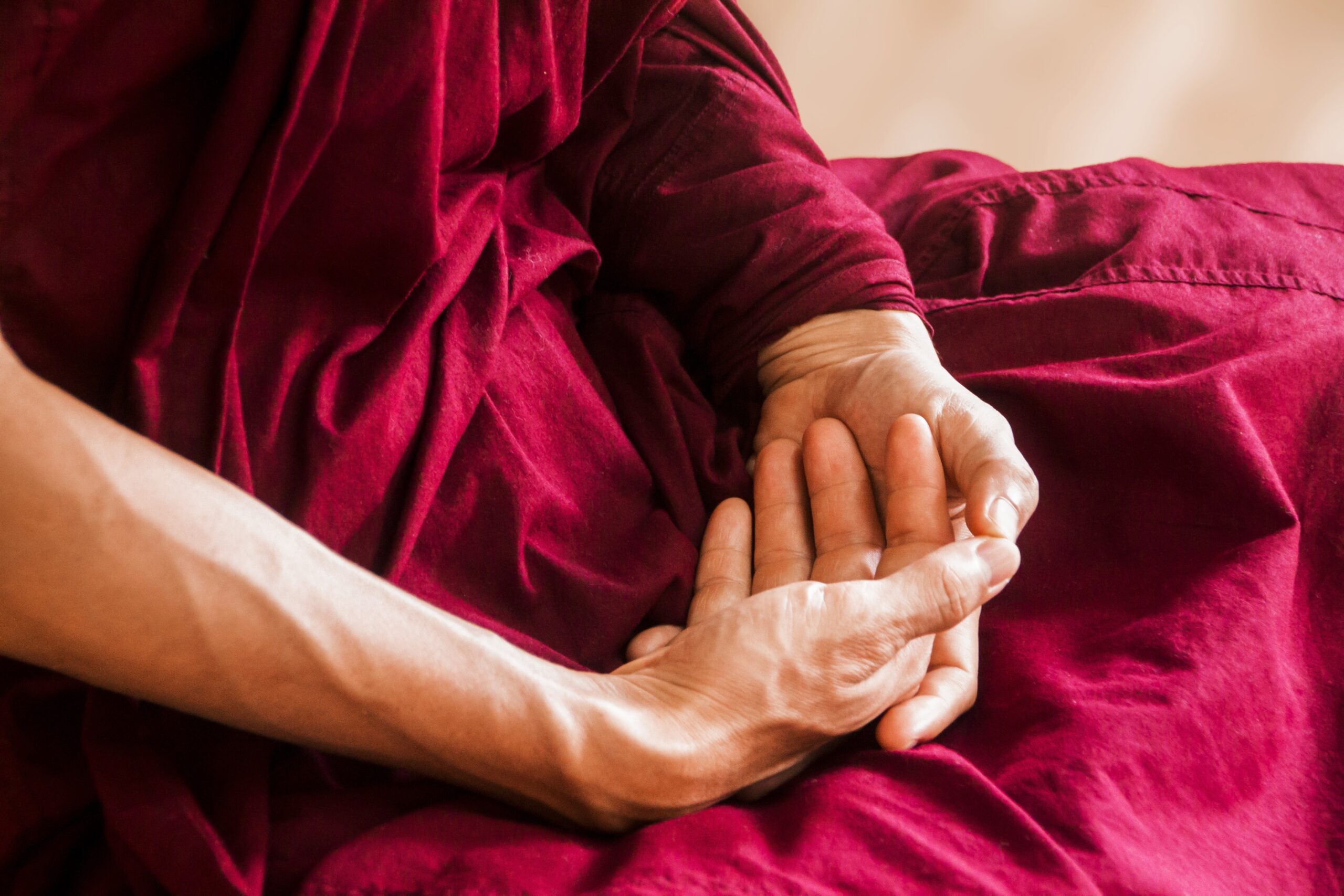Intermediate Qigong Exercises
For Anyone
Here are tai chi qigong exercises that are slightly more complex than the beginner qigong training programs, which is why I have chosen to place them at the intermediate level.
However, beginning students can still take such ecourses at the intermediate level with little prior knowledge or skill. Even advanced students will still find these exercises suitable to learn and practice.
Please be sure to read over the course description and prerequisites before making your selection. Also, please read over Making the Most Out of Your Qigong Practice prior to taking any of these courses.
to the transaction page. Once payment is made,
or if you encounter any other problem,
please do not hesitate to contact me.
- Be sure you have a valid email address and that it is spelled correctly.
- Turn off the filters on your email to allow the ecourse to be delivered to your mailbox.
- Be sure the cookies are enabled on your browser.
I try to facilitate transactions without compromising on security, but just in case . . . I apologize for any inconvenience.
Since all tai chi qigong exercises have inherent risks and dangers, please read the Disclaimer before embarking on any of the qigong exercises provided on this website.
I wish you success on your qigong training.
Clicking on the following will take you to the course descriptions of selected qigong exercises:
- Huxi Liao Fa or Three-Breath Qigong Therapy
- Xin Gan Changwei Baojian Liao Fa or Heart, Liver & Gastrointestinal Health Preserving Qigong Therapy
- Xiantian Huxi or Reverse Breathing Technique
- Qi Gong, Shou Gong, Activating & Deactivating Your Chi Energy
- Zhending Qi Yunxing or Chi Calming Qigong
- Jingluo Paidu Gong or Meridian Qigong for Detoxification & Cleansing
- Cibei Jinggong or Compassion Meditation
- Taokai Nianshou or Unlock Sticking Hands
- Shili Qigong Liao Fa or Qigong Vision Therapy
- Taiji Qigong Shisishi or 14 Postures of Tai Chi Qigong
- Yang Jia Ershisishi Taijiquan or Yang Style Simplified Tai Chi Chuan
- Jiu Gong Taijiquan or Nine Palaces Tai Chi Chuan
- Huang Jia Taijiquan or Huang Style Tai Chi Chuan
- Huxi Liao Fa or Three-Breath Qigong Therapy $12.95 This particular ecourse covers three different types of yogic breathing for tonifying and detoxifying the body. These qigong exercises form a logical sequel to the basic diaphragmatic breathing lesson. Prerequisite: qigong diaphragmatic breathing.
- Xin Gan Changwei Baojian Liao Fa or Heart, Liver & Gastrointestinal Health Preserving Qigong Therapy $16.95
Simple to learn and effective in treating and preventing disease, this set of qigong exercises focuses on jinggong meditation and massage therapy to strengthen heart, liver and gastrointestinal tract.Excellent for those suffering from ailments due to weak organs or organs with imbalanced energies, or just for maintaining beautiful skin and boosting physical health and longevity. Prerequisite: qigong diaphragmatic breathing. - COMING SOON:
Xiantian Huxi or Reverse Breathing Technique
This Taoist technique is for rejuvenation, long-lasting youth and vitality. It generates a type of prebirth chi energy that promotes rejuvenation of cells and greatly enhances vitality of mind, body and spirit.NOTE: If you are a beginner, you will not benefit from this technique because your chi is not sufficiently developed. If you are advanced, chances are you already know and have mastered this technique. Therefore, this ecourse is most suited for the intermediate student who has already mastered the basics but still need to refine his/her chi further.
I would NOT recommend this technique for the beginning student, not because there are any side effects that can cause any concern. On the contrary, it is quite safe to practice.
However, why bother with a qigong exercise that will not provide you with the benefits that other qigong exercises more suited to your level can provide? Only the intermediate and advanced level practitioner can really appreciate the benefits this technique provides.
Prerequisite: qigong diaphragmatic breathing and Yinian Gong Exercises for Cultivating the Yi Consciousness.
- Qi Gong, Shou Gong or Activating & Deactivating Your Chi Energy $24.95
Every qigong practitioner should know how to “open” and “close” his/her chi energy. We “open” or activate it when we want to bring it into circulation or channel the chi for healing, martial arts, etc. We “close” it or deactivate it when we need to conserve energy and replenish our reserves in the dantian.If you have difficulty or lack the skill to do this, then this is the qigong exercise for you. Relatively easy to learn and master, this ecourse is presented in one complete instalment.
These qigong exercises are meant to answer the needs of students at the intermediate level because taking these lessons presumes that you already have the ability to generate chi in the lower dantian. If you have not yet developed sensitivity of the chi in the lower dantian, then it means the chi is not active enough that you would require the skill of activating or deactivating it.
Prerequisites: qigong diaphragmatic breathing, qigong horse stance, ability to generate neidan chi in the lower dantian, concentrative jinggong meditation of the lower dantian and mastery of the yi consciousness at the basic level (see Yinian Gong Exercises for Cultivating the Yi Consciousness).
- Zhending Qi Yunxing or Chi Calming Qigong $19.95
When do you need balance and control? It is not uncommon for qigong practitioners to experience agitated chi or intrinsic energy that is off kilter due to over-stimulation. Practice this simple chi calming exercise at the conclusion of any tai chi qigong exercise routine to settle your chi again.Note: This is NOT the same technique as Activating and Deactivating the Chi Circulation (Please see Yinian Gong). Chi Calming Qigong is strictly for balancing and calming down agitated chi energy.
Prerequisites: qigong diaphragmatic breathing technique, pressure point meditation, meditation in sitting position and meditation in standing position.
- Jingluo Paidu Gong or Meridian Qigong for Detoxification & Cleansing $38.95
This meditative detox exercise focuses on flushing out accumulated toxins into the meridians to be cleansed out through the pressure points. If you suffer withdrawal symptoms from getting over addictions or just want a thorough cleansing of mind and body, this qigong exercise is designed with this in mind.Practice caution with this qigong exercise: possible side effects, including cramping, headaches, vertigo, nausea, muscle soreness and diarrhea, are an indication of excessive detoxification. Reduce the duration of practice so as to reduce the intensity of the cleansing. Gradually increase the length of practice when fewer toxins remain to be flushed out of the system.
Prerequisites: qigong diaphragmatic breathing technique, pressure point meditation, meditation in standing position,meditation in sitting position, meditation in prone position and mastery of Yinian Gong at the basic level.
Also highly recommended: Compassion Meditation to be practiced in conjunction with Meridian Qigong For Detoxification & Cleansing for a more intense experience.
- Cibei Jinggong or Compassion Meditation $38.95
This meditation technique is commonly practiced by Tibetan monks. It has a unique effect of activating gamma brainwave activity, a frequency otherwise not commonly found in normal cortical activity. The result is balanced whole-brain stimulation — in short, a healthier integrated brain.This meditative practice evokes feelings of bliss, euphoria, and a sense of peace and harmony, in addition to alleviating pain and suffering. Now you can evoke your own Oneness with the Universe by practicing this simple meditation.
Prerequisites: qigong diaphragmatic breathing technique, sitting meditation posture,supine meditative posture, standing posture, pressure point meditation and mastery of Yinian Gong at the basic level.
Also highly recommended: Meridian Qigong for Detoxification & Cleansing.
- COMING SOON:
Taokai Nianshou or Unlock Sticking Hands $24.95
Among the most beneficial taijiquan movements is the set known as Unlock Sticking Hands. Because of the many health benefits and self-defence grappling applications, my master often encourages his senior students to practice these qigong exercises individually, as well as part of the tai chi set.Besides self-defence applications, this tai chi qigong is an excellent preventive against carpal, tunnel syndrome and arthritis in the wrist, flushing out toxin build-up, increasing circulation and building bone density. An excellent tai chi qigong exercise that can be practiced anywhere at any time in a still or moving position.Prerequisites: Basic understanding of the principles underlying tai chi chuan martial arts - Shili Qigong Liao Fa or Qigong Vision Therapy for all kinds of eye disorders
The eye exercises and pressure point massage that I have provided on this website are part of a larger complete group of qigong exercise therapy to treat poor vision and promote eye health. Although you can see immediate results, the best is to practice them regularly in conjunction with a complete tai chi qigong regimen in order to see long-term permanent results.For more information on vision therapy, see How Qigong Vision Therapy Works, Do’s & Don’ts of Eye Care & Qigong Vision Therapy, and a full list of vision therapy programs to address your individual eye disorder.
- Taiji Qigong Shisishi or 14 Postures of Tai Chi Qigong
Not as well-known as Taiji Qigong Shibashi/18 Postures, this particular set of qigong exercises is, however, more advanced in its multi-purposes: to generate and balance the vital chi energy, promote blood circulation, invigorate internal organs, rejuvenate, and strengthen general musculature.The steps are easy to learn (in a matter of days) but more difficult to master in terms of chi circulation.
Prerequisites: qigong diaphragmatic breathing, reverse breathing technique, qigong horse stance.
- Yang Jia Ershisishi Taijiquan or Yang Style Simplified Tai Chi Chuan
Simplified from the 108 traditional Yang Style tai chi, this abbreviated tai chi qigong form is not as elegant, but nevertheless is very popular because of its ease of learning.Prerequisites: qigong diaphragmatic breathing, Qigong Horse Stance, Qigong Bow Stance, Empty Stance, and Tai Chi Walk. Also, Loosening Exercises for Tai Chi Chuan and 18 Postures of Tai Chi Chi Kung.
Also highly recommended though not required: Standing Meditation Postures, Yinian Gong Exercises for Cultivating the Yi Consciousness, Rooting Qigong and/or Twelve Treasures of Longevity & Health Preserving Exercises.
- Jiu Gong Taijiquan or Nine Palaces Tai Chi Chuan
Jiu Gong Taijiquan or Nine Palaces is a short tai chi form based on the principles of the I Ching — namely the mathematical numbers one through fifteen that form what we know in the Western hemisphere as Magical Squares.It is a lesser known form than most traditional tai chi qigong forms, but is much more elegant than other short forms, because it contains more varied movements and fewer repetitions than most forms of its length.
Fewer repetitions also makes the sequence less easy to remember, so take the time to learn the steps well before moving to the next lesson.
Prerequisites: qigong diaphragmatic breathing, Qigong Horse Stance, Qigong Bow Stance, Empty Stance, and Tai Chi Walk. Also, Loosening Exercises for Tai Chi Chuan and 18 Postures of Tai Chi Chi Kung.
Also highly recommended though not required: Standing Meditation Postures, Yinian Gong Exercises for Cultivating the Yi Consciousness, Rooting Qigong and/or Twelve Treasures of Longevity & Health Preserving Exercises.
- Huang Jia Taijiquan or Huang Style Tai Chi Chuan
This is one of the most beautiful tai chi forms you will ever encounter and is a favorite among my students. If you are serious about learning tai chi chuan, then this is the one tai chi qigong ecourse you should take. Unlike the shortened forms, the long traditional forms are complete in terms of applications in martial arts.Both Nine Palaces and Huang style are lesser known styles of tai chi qigong exercises. Neither one of them have ever been recorded down in writing; traditionally, they were passed on as a secret lineage transmission from master to individual disciple.
According to my master, the Huang style dates back to the early beginnings of tai chi qigong and is named after the Yellow Emperor, (hence the name Huang Jia, literally, “Yellow Clan” or “Family”), whose legendary reign dates back 5000 years ago.
Prerequisites: qigong diaphragmatic breathing, Qigong Horse Stance, Qigong Bow Stance, Empty Stance, and Tai Chi Walk. Also, Loosening Exercises for Tai Chi Chuan and 18 Postures of Tai Chi Chi Kung.
Also highly recommended though not required: Standing Meditation Postures, Yinian Gong Exercises for Cultivating the Yi Consciousness, Rooting Qigong and/or Longevity & Health Preserving Exercises.
Please let me reiterate, if you have any questions or require further assistance in these qigong exercises, do not hesitate to contact me. I provide online assistance to facilitate your tai chi qigong training.




